Kenneth R. Fletcher on “The Beach”
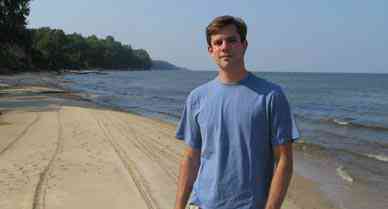
Kenneth Fletcher graduated with a master's degree in journalism from University of Maryland, where he covered agriculture and the environment for the Capital News Service, in 2007. From there, he became Smithsonian's writing intern, contributing primarily to the magazine's Around the Mall section. I recently caught up with Fletcher, who has since left the magazine to freelance from Latin America, to chat about his experience reporting and writing "The Beach," in our August issue.
What surprised you most about Richard Misrach's photographs or his methods? When I first saw them, I thought they were taken from a blimp or airplane. Because the horizon is never visible, they seem to be taken from high in the air. Misrach told me he had to take them from the balcony of a hotel because his 8 by 10 camera required a longer shutter speed. The pictures would have been too blurry if taken from a moving plane or blimp.
I had also assumed that these pictures were a collection of beach pictures taken in various spots instead of from one hotel in Hawaii. The variations in light and weather conditions created such a range of images. Misrach said he loved that interpretation. Though he was used to driving around the desert to chase the best photograph, in this series he decided to wait in one spot and hope that eventually the world would come to him.
Any interesting bits from your walk around the gallery with Misrach that didn't make the story? When you see the pictures in a magazine you don't realize how huge they are. The largest are 10 feet long by 6 feet high - most people have never seen a photograph that size. Misrach took me on a tour through "On the Beach" at the National Gallery and pointed out where you could count the toes of a lone swimmer doing a handstand in the big expanse of blue. The scale was important, it showed the expressions on people's faces, their gestures and conveyed the enormity of the ocean.
Because the subjects of the photograph had no idea that Misrach was taking pictures, I wondered whether anyone had recognized themselves in a beach photo. Misrach told me that when the exhibit opened in Chicago last fall, one woman went to the show and saw a photograph of herself floating in the sea, embracing her husband. She was delighted and contacted Misrach to tell him the story. The couple had decided to divorce and were spending one last moment together in the water. She said she didn't want to return to the beach, because she knew that when she left the water their relationship would be over. Misrach said he sensed it was a powerful moment. In the huge picture you can see the emotion on the couple's faces.
Did the photos change the way you look at beaches? If so, how? The long range, aerial view gave me a very fresh perspective on the beach. Through the eyes of Richard Misrach, people are really vulnerable in this vast ocean. On the ground, you don't see yourself in that context. But there is a lighter side- I loved the picture of all the beachgoers arranged on their towels with their flip-flops beside them. They created such a colorful array on the crowded patch of sand. It's a pattern you'd never notice walking around the beach. I'm sure that next time I go to the beach I'll wonder what I look like from above.
Photo Find
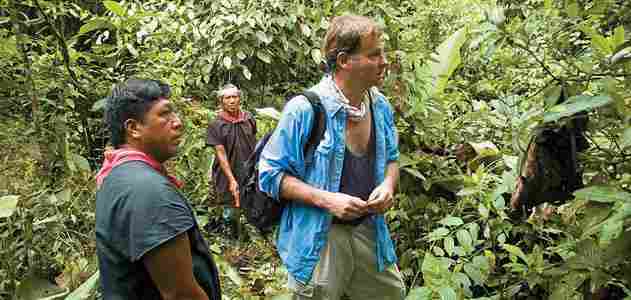
Richard Evans Schultes, an explorer and botanist, spent much of his career penetrating remote reaches of the Amazon, where shamans taught him the healing properties of plants often unknown to science. In his pursuit of natural pharmacopeia, he imbibed strange brews and snorted potent snuff to personally test the effects, often donning traditional costume and participating in tribal ceremonies. By the time he died in 2001 at age 86, Schultes had documented 300 new species and cataloged the uses of 2,000 medicinal plants, from hallucinogenic vines to sources of the muscle relaxant curare.
Schultes was also a popular Harvard professor, known as the father of ethnobotany for his groundbreaking work examining the relationship between cultures and plants. He inspired a generation of Harvard students to become leaders in botany and rain forest preservation—including Mark Plotkin, president of the Amazon Conservation Team and author of the best-selling Tales of a Shaman's Apprentice . "Here was a guy who went off to the unknown and not only lived to tell about it, he came back with all kinds of cool stuff," Plotkin says. Students remember Schultes' nonconformity; he was known to demonstrate the use of a blowgun by shooting at a target across the classroom. He was also an avid photographer, who recorded many remarkable images on his expeditions.
But until recently, most of these remained in his files. Wade Davis, a National Geographic explorer-in-residence, unearthed the images while working on a biography of his former professor. Davis and photography editor Chris Murray collected and published many of the photographs for the first time in the 2004 book The Lost Amazon . An exhibition of Schultes' work is now at the Smithsonian's Museum of Natural History until October 31.
Schultes used a rugged Rolleiflex twin-lens reflex camera and filed each negative in a labeled envelope with a small print affixed to the corner. Always pragmatic, he thought of his photographs mainly as a way to document the flora and culture of the areas he visited. Still, many of his portraits and landscapes have an artist's sensibility and are "raw and alive in a remarkable way," says Davis.
That may derive from the intimate relationships Schultes developed with the rain forest's inhabitants. While most outsiders before him treated the indigenous tribes with condescension that often culminated in violence, Schultes viewed them "as his mentors," says Davis.
Or, as Plotkin explains it, "You don't get all these Indians to share their secrets unless you have some magic about you yourself."
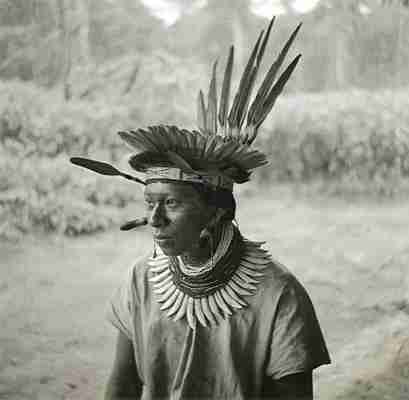
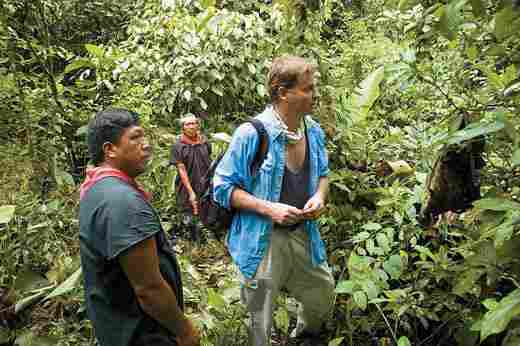
Life Lines
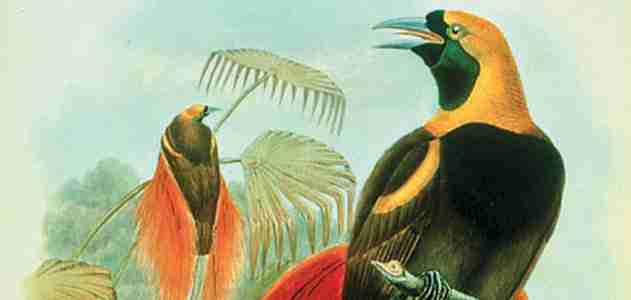
I have always loved Van Gogh's work. For years I have admired his Starry Night . One day at New York City's Museum of Modern Art, I turned a corner and there it was, so spectacular I almost had to sit down. I could see the brush strokes and sense the artist's emotion as he created the painting. It was an overwhelming experience that could have been improved only if I'd been able to pursue my Van Gogh interests further, either on the spot or later at home. Today, that is becoming increasingly possible for anyone with a computer, anywhere on the globe, thanks to digitized museum collections and museum libraries.
This summer I attended a National Academies planning meeting on libraries and museums in the 21st century. A vice president of a leading software company argued that academic libraries as we've traditionally known them are a "dying breed," too often pursuing a "lost cause." Fortunately, at their best, museum libraries are quickly transforming themselves—from information providers to connectors, of people with common interests with each other, and with millions of images of scientific specimens, historic artifacts, works of art and all kinds of digitized documents about them. The iPhone generation is "visiting" museums in many new ways. "Real artifacts," explained Museum 2.0 blog founder Nina Simon, "are gaining new lives in personal memory sites, blogs and collections-based social networks."
One dramatic example of the new digital diffusion is the Encyclopedia of Life (EOL), which is building Web sites for each of the 1.8 million known species on earth. The EOL already has links to 7.4 million pages of books and journals via the Biodiversity Heritage Library portal (www.biodiversitylibrarrg). The lead partner in this fast-growing portal is the Smithsonian Institution Libraries (SIL), which this year celebrates its 40th anniversary. Actually 20 libraries in one system, it holds more than 1.5 million volumes, including 50,000 rare books, 10,000 historic manuscripts and over 3,000 electronic journals and databases. Its rich Galaxy of Knowledge Web site (www.sil.sidu) is a gateway to the Libraries' collections. SIL began its digital library in 1996; today it contains items from one of the world's largest collections of trade literature, American industry catalogs from 1875 to 1950, and 15,000 pages of reports about collections from the 1838-42 U.S. Exploring Expedition.
This winter I will host a group of leading creators of interactive learning experiences and online games to help us imagine the future, including the use of high-definition 3-D holograms. The Smithsonian's digital libraries will continue to enhance our visitors' experiences with real objects. And will provide the next best thing to being here to a huge audience worldwide.
G. Wayne Clough is Secretary of the Smithsonian Institution.


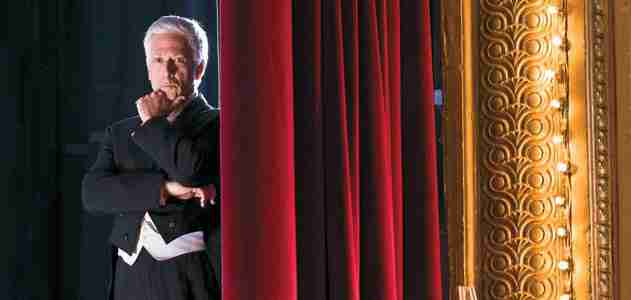
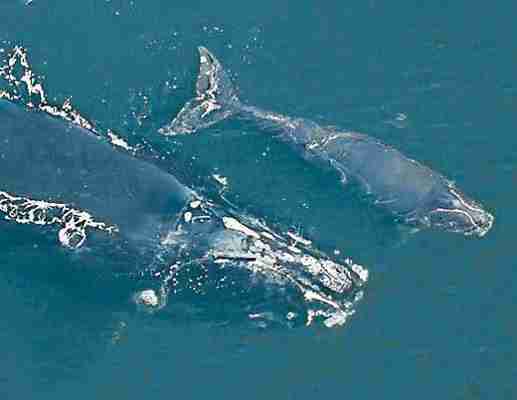
Post a Comment